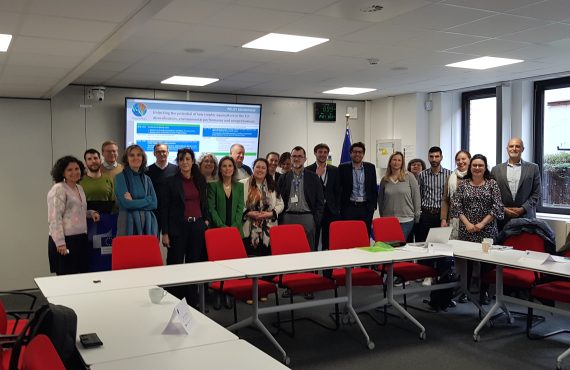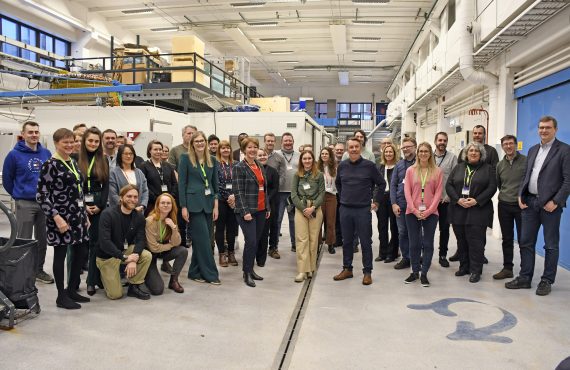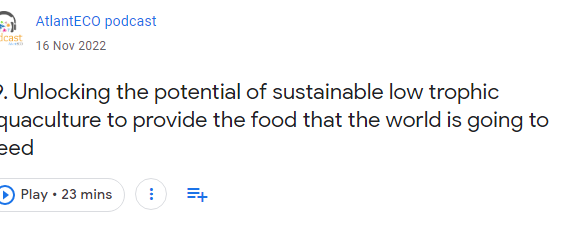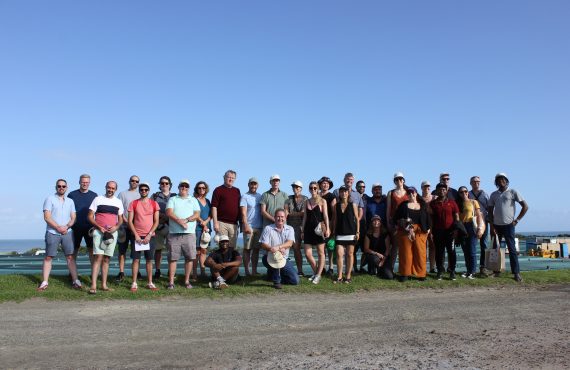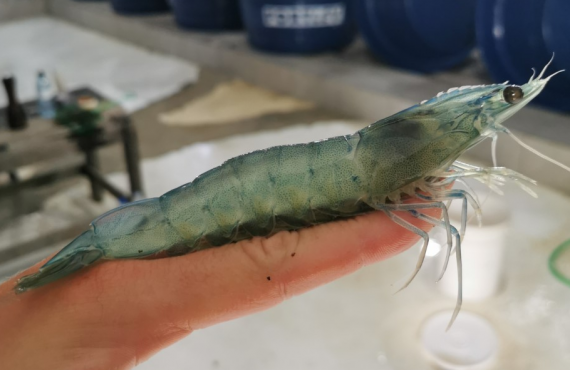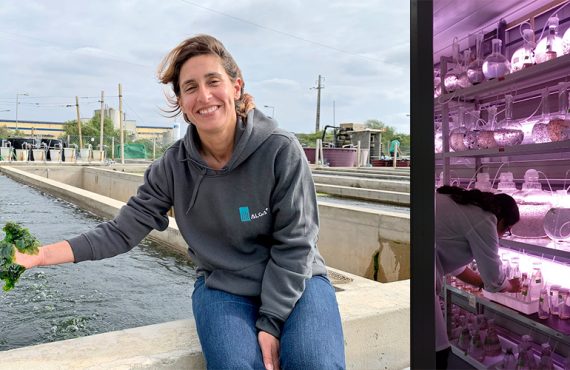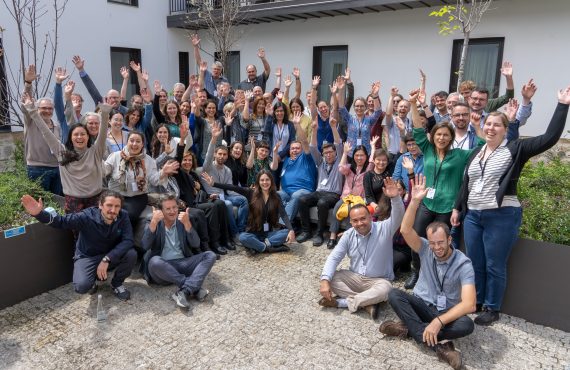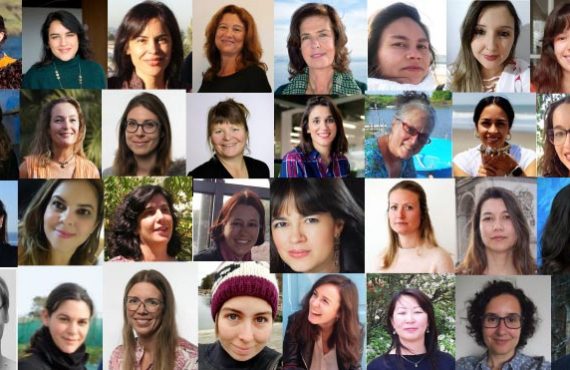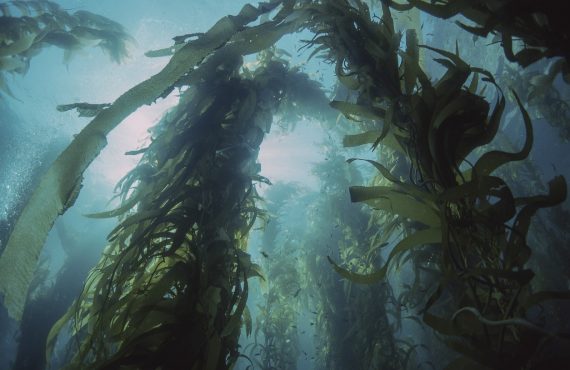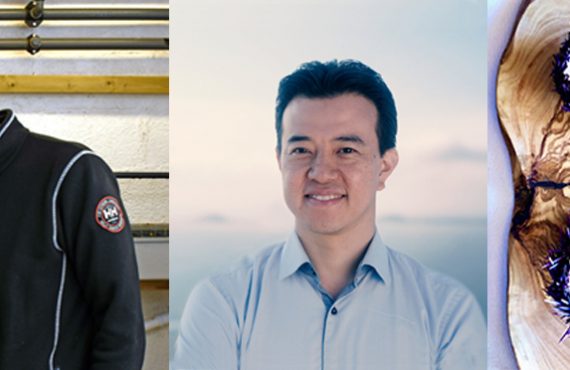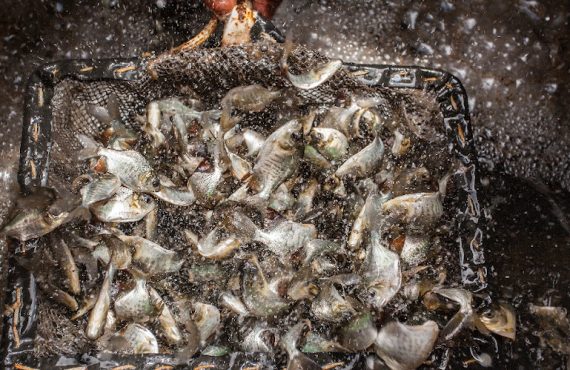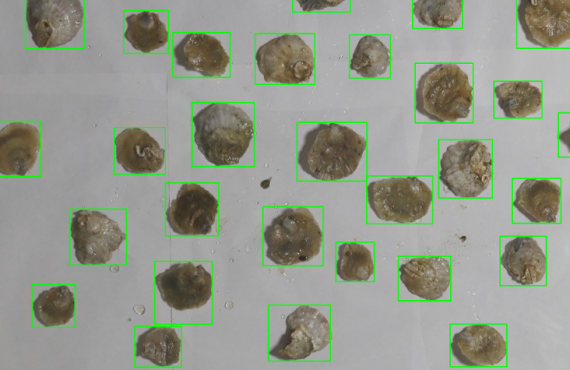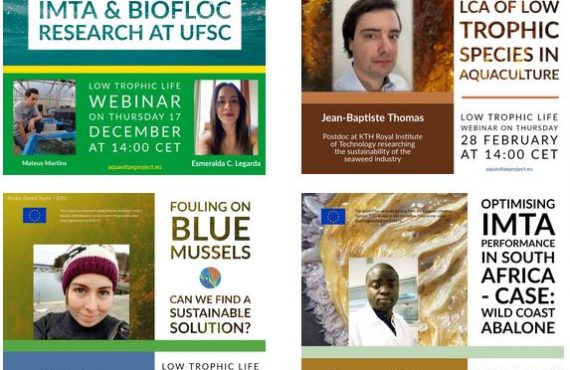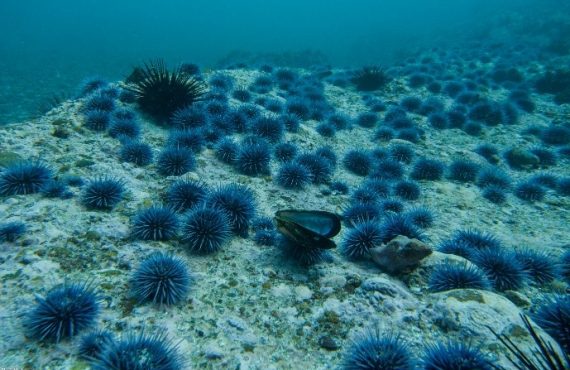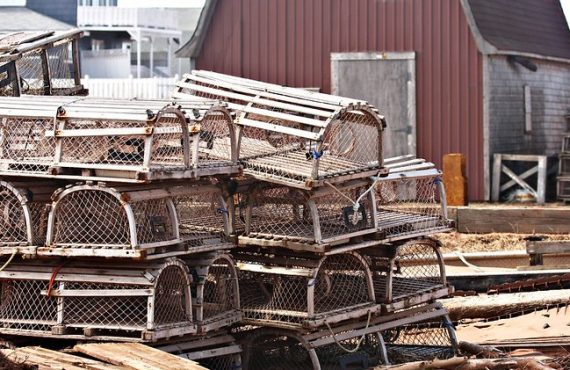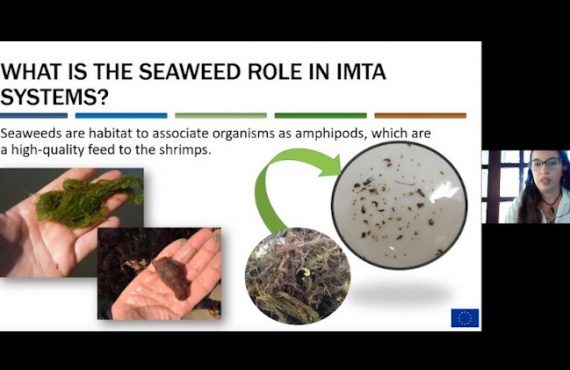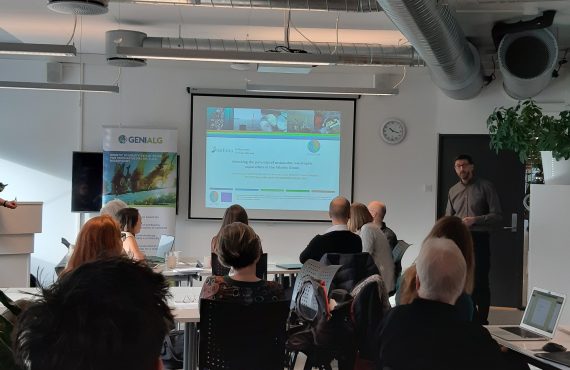Photo collage with SDGs logos and photos of algae (AlgaPlus), abalone (Rhodes Univ.), mussels (CSIC), sea urchins (Nofima), oyster spat (Åsa Strand) and sea cucumber (AWI).
A short survey (30 seconds approx..) on the Sustainable Development Goals (SDGs) related to low-trophic aquaculture is available at https://bit.ly/av-survey-sdgs. This anonymous survey will contribute to map and rank the five goals people relate to the most when discussing low-trophic aquaculture (e.g., culture of mussels, oysters, algae, sea urchins, abalone and sea cucumbers).
This task is linked to AquaVitae activities on environmental monitoring, risk assessment and sustainability (WP6), led by Åsa Strand of IVL. The analysis will help to link aquaculture activities with the 2030 Agenda for Sustainable Development.
The Sustainable Development Goals (SDGs) represent 17 objectives needed to improve sustainability while tackling poverty. They are a key component of the 2030 Agenda for Sustainable Development, promoted by the United Nations.
Low-trophic species
Algae, oysters, sea urchins, mussels, sea cucumbers or abalone are examples of low-trophic species. These species are considered to be the first steps of the marine food web as they are either net energy producers (e.g., algae), or feed directly upon them (e.g., sea urchins grazing on algae).
AquaVitae is an H2020 project working to increase the aquaculture production of low-trophic species in and around the Atlantic Ocean in sustainable ways. The project consists of 35 partners, from 15 different countries, spread across four continents in the Atlantic basin.














